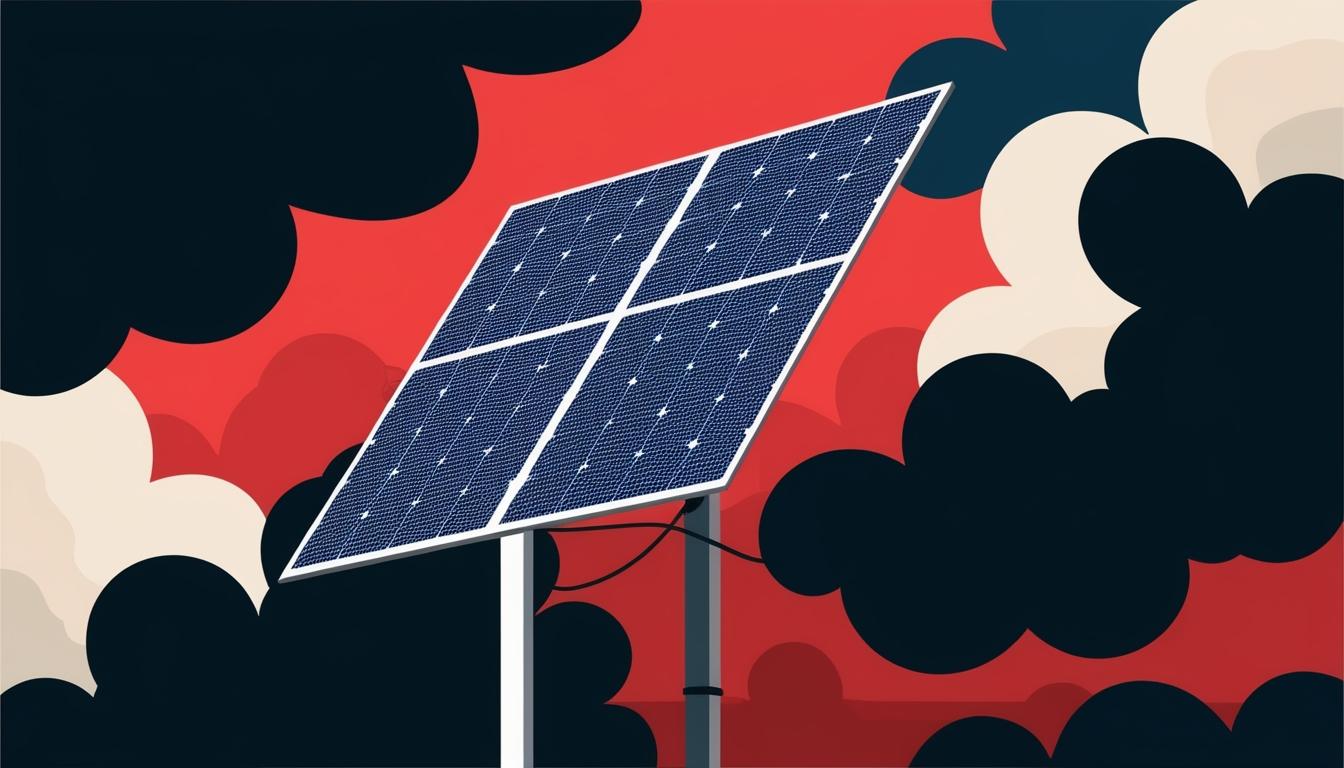Recent advancements in renewable energy evaluation methodologies and technologies continue to shape the landscape of sustainable energy projects. Contributors from Energy Central emphasise the critical role that comprehensive technical and economic assessments play in the successful implementation of these initiatives. The integration of artificial intelligence (AI) and simulation technologies is particularly notable, enhancing accuracy in decision-making processes and fostering effective transitions towards sustainable energy sources.
In a recent study explored by Energy Central, various renewable energy sources—including solar, wind, and bioenergy—were scrutinised across nine sub-regional areas using the Analytical Hierarchy Process (AHP). The findings illustrated a varied potential across regions, where solar energy emerged as the superior option in particular locales while wind energy demonstrated greater viability in others. Bioenergy, in contrast, was assigned a moderate priority influenced by factors such as population density and the prevalence of agricultural activities.
To bolster the evaluative process, emerging methodologies such as Multi-Scenario Simulation are being employed. This technique allows for an exploration of system performance under diverse environmental conditions, such as thermal variations, wind velocities, and levels of solar radiation. The outcomes of such simulations permit stakeholders to identify optimal scenarios and develop flexible plans accommodating different operational situations.
Furthermore, Sensitivity Analysis plays a vital role in investigations by highlighting the responsiveness of results to adjustments in various parameters. It aids in pinpointing influential factors that necessitate refinement to enhance accuracy in predictions and decision-making.
In addition to traditional methods, AI-driven approaches such as Deep Reinforcement Learning Models have been introduced, enabling systems that intelligently evolve through data interaction. These models facilitate the development of dynamic strategies which can adapt over time, proving invaluable for decision-makers confronted with fluctuating environmental circumstances.
Notable tools such as Computational Fluid Dynamics (CFD) are also making significant impacts, providing advanced simulations that model fluid dynamics around system components. For instance, in the context of solar panels, CFD analyses gauge pressure distributions and assess wind-induced stresses, contributing to optimised designs that mitigate aerodynamic challenges.
The AHP system remains a cornerstone for prioritising renewable energy options through a structured tiered approach. This methodology involves delineating the problem into levels, including the primary goal, relevant criteria, and alternative energy sources. Through pairwise comparisons, stakeholders determine the relative significance of each criterion, facilitating informed decision-making.
Key parameters contributing to project evaluations encompass Land Use, which considers the spatial requirements of energy implementations and their effects on surrounding environments; Component Quality, assessing the material standards and their implications for system performance; Lifespan, indicating the operational duration achievable prior to extensive maintenance; and System Efficiency, which quantifies the energy ratio outputted compared to the input energy, reflecting the system’s efficacy in utilising available resources.
The Energy Central platform offers professionals within the power industry a unique opportunity to share insights and experiences, fostering a collaborative network focused on progressing renewable energy solutions. Through contributions from its members, the collective knowledge base continues to expand, aiding the industry in navigating the challenges and opportunities presented by the evolving energy landscape.
Source: Noah Wire Services
